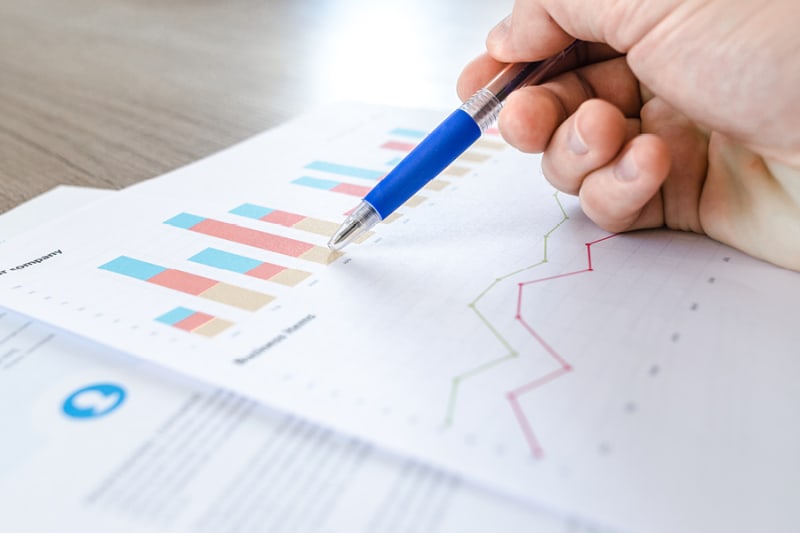The pandemic has called for accurate analysis of medical data to help generate actionable insights for world organizations. Big Data tools and technologies therefore play a crucial role in reducing the spread of the virus and helping nations to recover from ongoing effects of COVID-19.
Policymakers, healthcare workers and scientists can use data analytics to generate accurate metrics regarding different public health factors. These can include general compliance to lockdown measures, the number and frequency of people with high fevers visiting specific places and the rate of spread of the disease.
A recent NCBI paper illustrated eight possible applications of Big Data tools in the COVID-19 pandemic. Read ahead to learn more about Big Data and its applications to understand data analytics’ relevance for the upcoming year.
1. Identification of infected cases
Big Data software and tools can store and analyze the complete medical history of thousands of patients from a specific area or hospital. The analysis is also significantly more accurate and faster compared to more conventional manual techniques.
Big Data analytics can therefore help governments and medical bodies identify the number of infected cases and the level of risk to the people around them.
There are many global examples where Big Data analytics for healthcare were used to identify infected COVID patients. A team of scientists from the John Hopkins University in the US designed a Big Data application to visualize the virus’s spread in real-time.
Similarly, Sun et al. employed Big Data tools to trace infected cases by monitoring healthcare websites and social networks.
2. Storing the travel history
Big Data tools can also track people’s movements and their exposure to the virus up to several data points. They can also measure the record of the movement of thousands of people from or to a high-risk area.
This can significantly help in contact tracing for the virus and identifying the people who are the most likely to be infected. The analyzed data insights can also determine the chances of the virus being present in those in a latent form.
3. Identification of the disease at an early stage
Big-Data backed software can pick up and store a large number of detailed patient records along with their present conditions and symptoms. This can help hospitals identify potential cases, even if a person doesn’t have all the known COVID-19 symptoms.
The quick identification can help medical authorities provide immediate and essential medical attention to those who need it. It can also help the authorities tackle misinformation by giving an accurate estimate of the number of cases in a particular area.
The example of Toronto-based Blue Dot is relevant here. This Canadian start-up uses an AI-enhanced surveillance system to pick up potential infectious cases before they become in contact with the general population. Their Big-Data computational techniques are currently helping the Canadian government monitor the disease outbreak in real-time and stopping its spread.
Apart from these Big Data applications, other tools have also been used to identify and analyze pandemic related information during the past year. Data analytics was also used for the lightning speed development of COVID-19 vaccines throughout the world.
The Toronto-based Mobile dashboard tracking application for COVID-19 is another fine example of how Big Data can have a lasting impact in the present scenario. This tracker has been developed by Jaydeep Chakraborty, an instructor for the Diploma in Data Analytics Co-op at the Toronto School of Management (TSoM).
The tracking app has been named the Toronto Neighborhood COVID-19 Tracker. It helps you get the latest updates on case counts in specific neighborhoods and view the case trends in those areas. It can also help the concerning authorities understand the COVID profile of select regions and realize the extent of the spread of the virus.
Jaydeep has created this innovative mobile dashboard using Python and Power-BI. The dashboard is an excellent example of building a data foundation using insight generation and multiple data sources. You can learn more about this useful app by clicking here.
Big Data analytics can help big organizations and world governments analyze vast amounts of patient data efficiently and accurately. Hence, a career in data analytics can be stable option for the future given circumstances.
Invest in an appropriate Big Data analytics certification program specializing in Big Data tools and technologies for a successful medical tech industry career.


